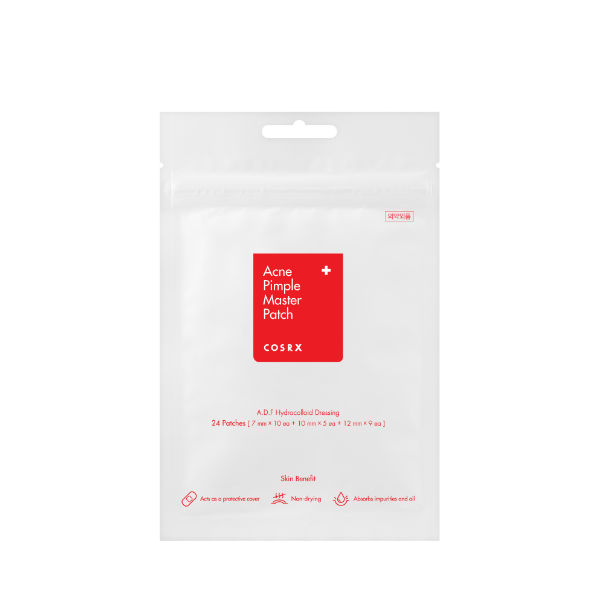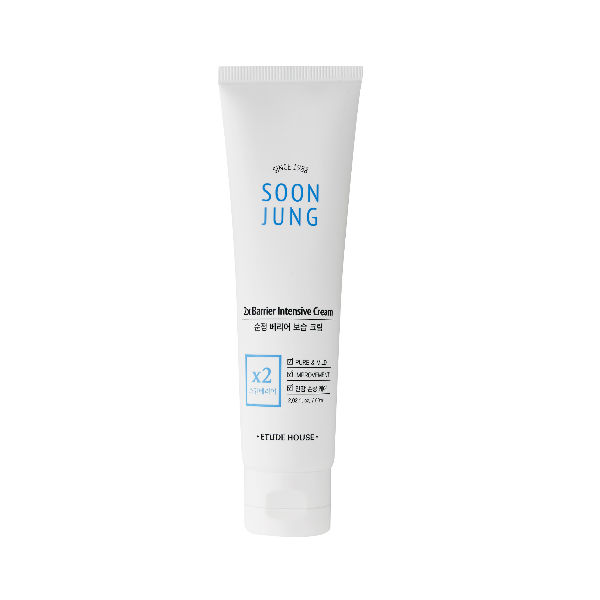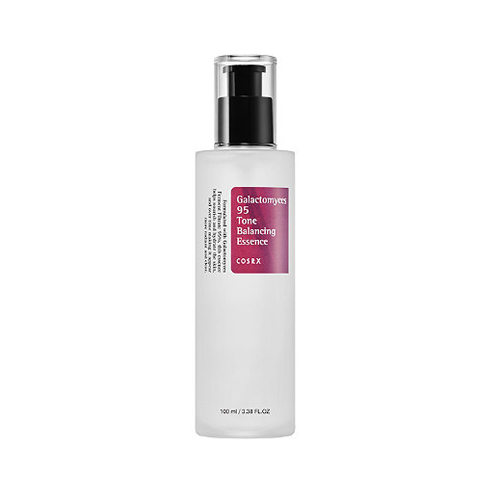With Valentine’s Day right around the corner, it’s easy to forget about some of the other most important people in our lives: friends and gal pals! Here are the best K-beauty gifts for Valentine’s Day (or Galentine’s Day)!
For those of you who don’t know what Galentine’s Day is, it’s a nonofficial holiday created by television show Parks and Recreation that has quickly gone from fiction to tradition. It falls on Valentine’s-eve, February 13, and is about “ladies celebrating ladies.” It’s essentially Valentine’s Day, but for your best girlfriends because they’re the ones who really deserve a holiday all to themselves. And in the words of Leslie Knope, “it’s only the best day of the year.”
So this week, Klog interns Marissa and Katherine are taking you through the best K-beauty gifts to give to remind your friends how much they mean to you this Galentine’s Day!
Marissa’s Pick: 7-Day Sheet Mask Challenge Set

Sheet masks are the perfect gift for someone who’s new to K-beauty. They’re fun and silly, but also great for your skin and the best way to wind down after a long day. February’s Sheet Mask Challenge comes with Neogen’s Pink Cactus Liftmask Knit Mask, Manefit’s Bling Bling Hydrogel Mask in Energizing Rose, Sally’s Box’s Delight Collagen Hydrogel Mask, Loverecipe Acai Berry, Loverecipe Aloe Mask, and Ultru’s I’m Sorry For My Skin Pore Care Jelly Mask and Brightening Jelly Mask. The idea behind this set is to challenge yourself to sheet mask every day for a whole week. Sheet masking every day can give you visibly brighter, more radiant skin and it’s a great time to unwind at the end of a long day, but these sheet masks also work as a great get together idea for Galentine’s day itself. What’s more romantic than sheet masking with all your closest girlfriends?
Katherine’s Pick: Son & Park Shimmer Value Set

Glowy skin is the biggest trend to come from South Korea and it doesn’t stop with skincare. Son & Park is a cult favorite beauty brand founded by two master makeup artists. This special set comes with the basic necessities for any glowy makeup look: highly pigmented black eyeliner pencil that doesn’t smudge once set and can be used in eye makeup looks from sultry smoky eyes to precision perfect cat eyes, iridescent highlighter cube for amping up the radiance and shimmer, and a lip crayon in amber nude that’s super hydrating and offers buildable color. The kit comes inside a velvet bag designed by Soko Glam chief curator, Charlotte, as well as a super cute KBBQ enamel pin designed by illustrator Gemma Correll. The bag is perfect to travel with as it’s just big enough to fit all your essential makeup products. This versatile gift is perfect for the makeup lover in your life.
Marissa’s Pick: Cosrx Acne Pimple Master Patch

Everyone gets acne. It’s just life. These pimple master patches are a K-beauty cult fave because they make pimples disappear overnight and are a great inexpensive dupe for the Sephora Peace Out Acne patches. These little bandaid-like stickers are transparent and great for healing whiteheads, blackheads, picked zits, and can speed up healing of cystic acne. The patches adhere to the skin so that they stick even through washing and showering, and can be easily hidden under makeup all the while combating breakouts by eliminating further infection and absorbing acne gunk. Girls looking out for girls, are we right?
Katherine’s Pick: RE:P Organic Cotton Treatment Toning Pads

The RE:P Organic Cotton Treatment Toning Pads will become a fave for the ethical babe in your life. RE:P products are certified cruelty free and their packaging is metal-free and eco-friendly, using recycled paper and soy ink. These toning pads are dual purpose and super convenient. They have a threaded side for some gentle manual exfoliation and a smooth side for wiping away any impurities on the skin, while also hydrating and balancing the pH in your skin. And because they’re single use, these pads are also great for bringing with you to the gym or for traveling!
Marissa’s Pick: Tony Moly Petite Bunny Gloss Bars

These cute lip balms are a K-beauty staple, and for good reason. They’re adorable! A Soko Glam Best of K-Beauty Winner, the Tony Moly Petite Gloss Bars are super hydrating crosses between lip tints and lip balms. They’re super moisturizing on the lips and give off a glossy but sheer finish. The gloss bar comes in six different shades from bright red to subtle pinky peach, so there’s something for everyone! Your friends will never lose their lip balms again!
Katherine’s Pick: Klairs Freshly Juiced Vitamin E Mask

The Klairs Freshly Juiced Vitamin E Mask is a great product for your friends who have already been indoctrinated into the world of K-beauty. This unique pudding-like mask goes on super smooth, melting right into the skin and can be worn in the daytime or at night as a moisturizer. Plus, it has vitamin E as its primary ingredient which goes great with products containing vitamin C like the Klairs Freshly Juiced Vitamin C Serum or Cosrx Triple C Lightning Liquid. Your friend will definitely love you for this one.
Marissa’s Pick: Etude House SoonJung 2x Barrier Intensive Cream

This is gonna be the new go-to for sensitive skin in the winter. Etude House’s SoonJung 2x Barrier Intensive Cream is a great K-beauty gift for even the Western beauty lover in your life. Everyone needs moisturizer! This cream is particularly great because it uses 93% naturally derived ingredients like sunflower seed oil, shea butter, and centella asiatica to deeply hydrate, nourish, and repair skin damage. It has a low pH and no fragrance, artificial coloring, or parabens making it a great option for even those with sensitive skin.
Katherine’s Pick: Cosrx Galactomyces 95 Tone Balancing Essence

Galactomyces filtrate is a favorite ingredient among Korean women and this essence is packed with it. Galactomyces hydrate, brighten, and smooth skin while niacinamide, adenosine, hyaluronic acid, and panthenol add additional layers of brightening and moisture. The light gel consistency of this product makes it perfect for low key daytime and nighttime use lending way to more even, clear looking skin.







